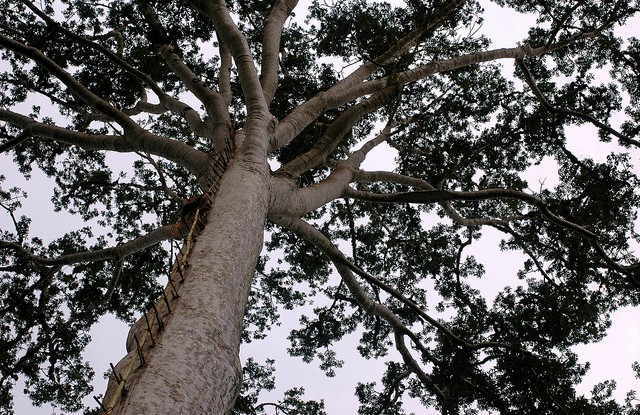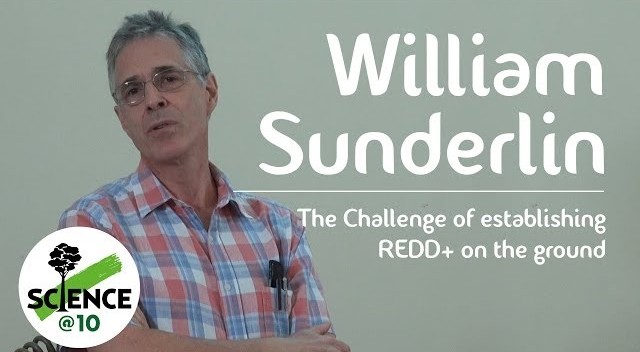
BOGOR, Indonesia— The idea of paying people in developing tropical countries to protect their forests, generating carbon credits, and selling them on an international carbon market, gained prominence at the 2007 UN climate change summit in Bali.
In the ensuing years, some 300 initiatives related to this idea, known as REDD+ (Reducing Emissions from Deforestation and forest Degradation) arose in tropical forest countries around the globe. Yet they remain lodged in the preliminary phases.
In December, a major piece of research, “REDD+ on the Ground: A Case Book of Subnational Initiatives Across the Globe,” was published by the Center for International Forestry Research (CIFOR), giving results of five years of fieldwork in 23 REDD+ project sites in six countries.
“The world is at a crossroads where REDD+ has opened up an opportunity for forest conservation, leveraged by global concern about climate change,” the authors write. “But as this book illustrates well, REDD+ faces a steep uphill climb in reaching its objectives.”
We want you to share Forests News content, which is licensed under Creative Commons Attribution-NonCommercial-ShareAlike 4.0 International (CC BY-NC-SA 4.0). This means you are free to redistribute our material for non-commercial purposes. All we ask is that you give Forests News appropriate credit and link to the original Forests News content, indicate if changes were made, and distribute your contributions under the same Creative Commons license. You must notify Forests News if you repost, reprint or reuse our materials by contacting forestsnews@cifor-icraf.org.
